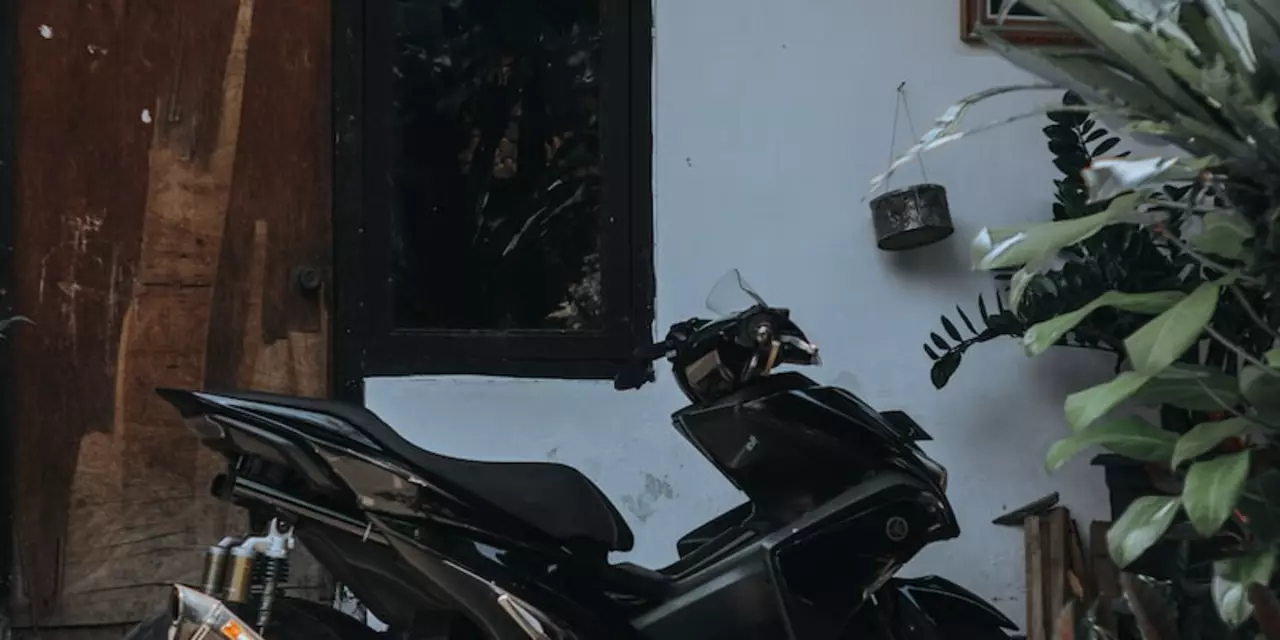Racing Suits: Your First Line of Defense on the Track
If you love the roar of an engine and the thrill of a corner, you already know that speed comes with responsibility. One piece of gear that never gets enough hype is the racing suit. It’s not just a flashy jumpsuit – it’s a safety tool that can mean the difference between walking away and a serious injury.
Most drivers think a helmet does all the work, but the suit protects your body from fire, abrasions, and the occasional tumble. Modern suits are made from fire‑resistant fabrics like Nomex or carbon‑treated fibers. These materials can withstand temperatures up to 1,500°F for a few seconds, giving you precious time to escape if a car catches fire.
What Makes a Racing Suit Essential?
First off, fire protection is non‑negotiable. A suit that meets FIA or SFI standards will have undergone strict testing. Look for the certification tag sewn into the back – that’s your proof it meets the required heat‑resistance levels.
Second, the fit matters just as much as the material. A loose suit can snag on seats, steering wheels, or safety harnesses, slowing you down in an emergency. Tight, but not restrictive, is the sweet spot. Most manufacturers offer custom tailoring or a range of sizes to ensure a snug fit.Third, comfort isn’t a luxury; it’s a performance factor. Breathable panels, moisture‑wicking liners, and stretch zones around the shoulders and hips let you move freely. When you’re focused on the track, you don’t want to be distracted by chafing or overheating.
Choosing the Right Suit for Your Needs
Start by deciding where you’ll race. If you’re hitting a local karting circuit, a basic SFI‑Level 1 suit might be enough. For high‑speed road racing or autocross, step up to an FIA‑approved Level 2 or 3 suit. The higher the level, the longer the suit can resist flame exposure.
Budget is another factor. Entry‑level suits can start around $300, while top‑tier, custom‑fit suits push past $2,000. Think of your suit as an investment in safety – skimping can cost far more down the line.
Don’t forget the accessories. A proper suit works with fire‑proof gloves, balaclavas, and shoes. All pieces should share the same certification level. Mismatched gear can create weak points in your safety chain.
Maintenance is simple but vital. After each track day, rinse the suit with cool water, hang it to dry, and store it away from direct sunlight. Avoid harsh detergents; they can degrade the fire‑resistant fibers.
Lastly, try before you buy. Many race shops let you try on suits or provide a size guide based on your measurements. A quick fitting session can save you from buying a suit that’s too big or too small.
Bottom line: a good racing suit is the foundation of any driver’s safety kit. It protects you from fire, keeps you comfortable, and lets you focus on the race ahead. So next time you gear up, give the suit the attention it deserves – your future self will thank you.
Which is better: one piece or two-piece motorcycle suit?
Motorcycle suits can come in either one piece or two piece styles. One piece suits offer increased protection and better aerodynamics, whereas two piece suits offer more versatility and are easier to put on and take off. Both styles are designed with material that is abrasion and waterproof, so there is no significant difference in the level of protection. Ultimately, the decision of which style to go for depends on personal preference and individual needs. One piece suits may be better for a racing environment, while two piece suits may be more suitable for casual riders.
Read More